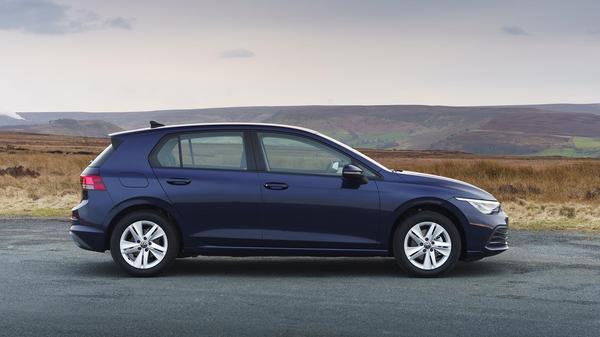Feature
Farewell VW Golf
VW boss says no more internal combustion engined Golfs, in a move that likely spells the end for this iconic model
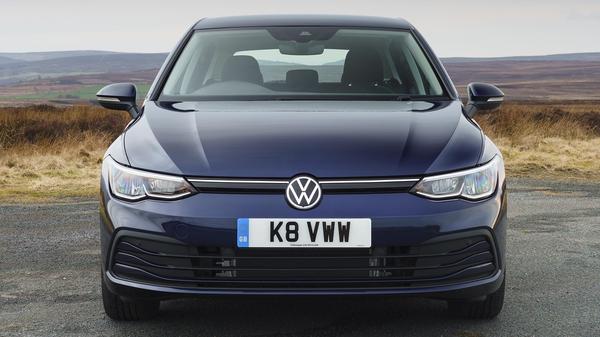

Words by: Dan Trent
Published on 5 May 2023 | 0 min read
Ask most expert reviewers what car you should really buy and the standard answer has, for years, been “just get a VW Golf.” Classy yet classless, Volkswagen’s masterstroke has always been to make premium feel mainstream, the Golf being a true social chameleon that is both affordable but not disgraced by much more expensive vehicles. The Golf is more than just a Volkswagen as well, the engines, platform and technologies beneath it also shared across Audi, Seat and Skoda and providing the foundations for hatchbacks, saloons, SUVs and even sports cars from across the group.
But after nearly 50 years and over 35 million sales (and counting) has the VW Golf finally reached the end of the road? Volkswagen itself hasn’t confirmed the end of the Golf, other than in widely reported comments by boss Thomas Schaefer saying the current model would be the last combustion-engined car to carry the name. Launched in 2019, the eighth-generation car you can buy now still has some life in it yet and a pending update should keep it current for a few years to come. But VW’s path to electrification is set, and it’s hard to see a role for a car carrying the Golf name in the future. This, along with the departure of similar mainstream icons like the Ford Fiesta and Focus, underlines just how big an upheaval we’re living through in the automotive world. Why? Well, it’s clear consumers can’t get enough of crossovers and SUVs, meaning more traditional formats like hatchbacks and saloons are falling out of favour. Meanwhile VW has built a whole new sub-brand with its ID models, the ‘3’ in the name of the ID.3 in fact representing the third evolution of the Volkswagen brand from the original Beetle, to the Golf and now into its all-electric range. With the announcement of a more affordable ID.2all it would seem all VW’s mainstream models will eventually carry this branding, making it difficult to see a place for even an electrified reimagination of the Golf. If this is farewell then join us in a quick celebration of the Golf story, and why over eight generations and nearly half a century of success, it has earned the German description of ‘Das Auto’ or, quite, simply, The Car.
But after nearly 50 years and over 35 million sales (and counting) has the VW Golf finally reached the end of the road? Volkswagen itself hasn’t confirmed the end of the Golf, other than in widely reported comments by boss Thomas Schaefer saying the current model would be the last combustion-engined car to carry the name. Launched in 2019, the eighth-generation car you can buy now still has some life in it yet and a pending update should keep it current for a few years to come. But VW’s path to electrification is set, and it’s hard to see a role for a car carrying the Golf name in the future. This, along with the departure of similar mainstream icons like the Ford Fiesta and Focus, underlines just how big an upheaval we’re living through in the automotive world. Why? Well, it’s clear consumers can’t get enough of crossovers and SUVs, meaning more traditional formats like hatchbacks and saloons are falling out of favour. Meanwhile VW has built a whole new sub-brand with its ID models, the ‘3’ in the name of the ID.3 in fact representing the third evolution of the Volkswagen brand from the original Beetle, to the Golf and now into its all-electric range. With the announcement of a more affordable ID.2all it would seem all VW’s mainstream models will eventually carry this branding, making it difficult to see a place for even an electrified reimagination of the Golf. If this is farewell then join us in a quick celebration of the Golf story, and why over eight generations and nearly half a century of success, it has earned the German description of ‘Das Auto’ or, quite, simply, The Car.
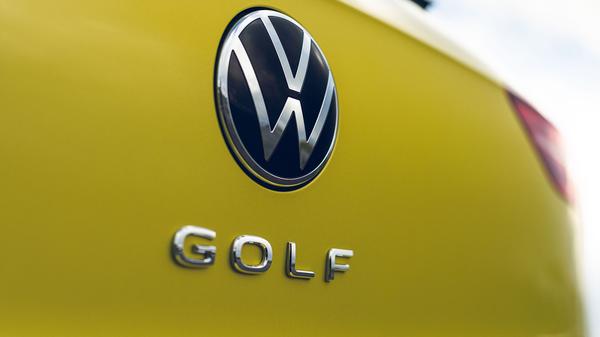
Golf first-generation – 1974-1983
Replacing the iconic Beetle was a huge emotional upheaval for Volkswagen, but the Golf carried it off with impeccable style and a combination of sharp looks, modern front-wheel drive foundations together with handling, practicality and safety in a different league from its antiquated predecessor. With the template set Volkswagen then went about developing it further, defining the modern hot-hatch formula with the GTI, introducing a convertible and installing the first turbo-diesel engine in a Golf. In a hint of things to come there was even an all-electric version, though it was built in tiny numbers.
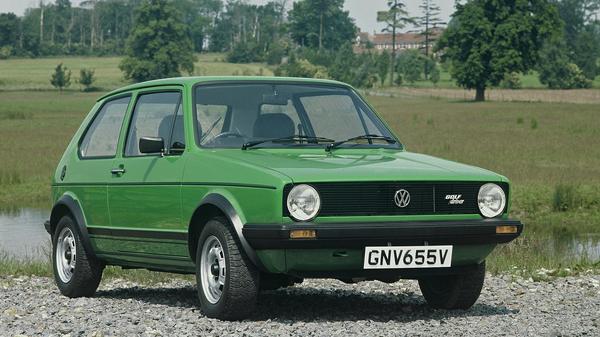
Golf second-generation – 1983-1991
Bigger and more substantial than the first generation, the next Golf developed the signature look of the round headlights and chunky, reverse-kinked rear roofline and embodied VW’s ambitions to become a premium mainstream brand. The GTI versions got faster, safety and environmental technology improved with the introduction of ABS and catalytic convertors and, by 1990, Volkswagen had sold a total of 12 million Golfs.

Golf third-generation – 1991-1997
By the early 90s Volkswagen was expanding the Golf’s offering, with extra safety tech like driver and passenger airbags, the first TDI branded diesel and the addition of a diesel option to the GTI line-up as well. The third-generation also introduced an estate version for the first time and a total of 4.8 million were produced.
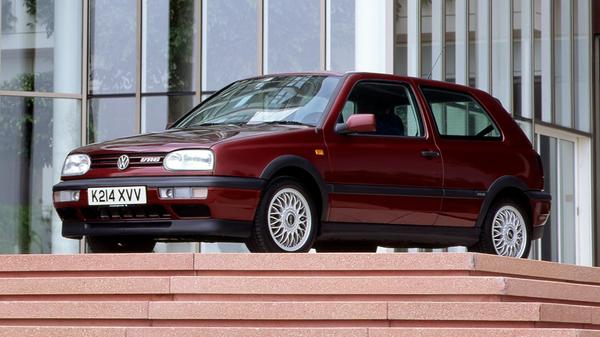
Golf fourth-generation – 1997-2003
The Golf’s styling took a decisively smoother and more modern direction with the fourth-generation car, reflecting the ever increasing technology under the skin. Quality also improved with a fully galvanised body to resist rust, while all-wheel drive became more widely available thanks to the introduction of technology VW still uses to this day. ESP-branded stability control was another new feature. By 2002 Golf production had out-stripped that of the Beetle, while the six-cylinder R32 opened another chapter in the hot-hatch story.

Golf fifth-generation – 2003-2008
After a period in the doldrums the GTI version of the fifth-generation Golf re-established its status as a benchmark hot-hatch, the combination of a high-quality interior, sharp looks and punchy, turbocharged performance endearing it to a new cohort of fans. The standard Golf shared many of the same qualities, the combination of premium feel at mainstream pricing meaning all models were great to own. Towards the end of its life a new generation of efficiency-optimised versions arrived under VW’s BlueMotion branding.

Golf sixth-generation – 2008-2012
The sixth-generation Golf built successfully on the previous version’s sense of quality, taking the everyday further upmarket with sharper styling, a BlueMotion version with CO2 of just 100g/km and capable of a claimed 83mpg, the introduction of stop-start technology, LED rear lights and more.
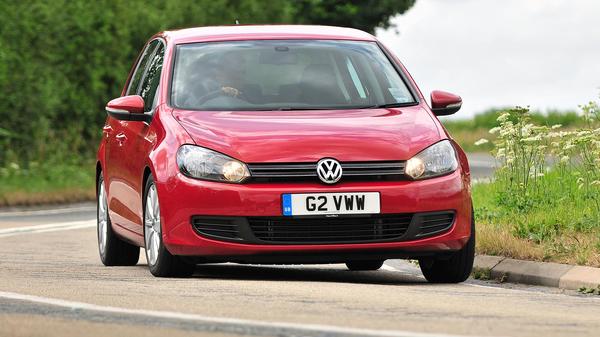
Golf seventh-generation - 2012-2020
While the styling was evolution rather than revolution the seventh-generation Golf introduced a brand-new platform, from which a whole new era of VWs, Audis, Seats, Skodas and Cupras would be developed. Indeed, this same tech is still the foundation for the current Golf in its updated ‘evo’ form. While VW had been experimented with electrified Golfs as far back as the first-generation this was the moment battery-assistance went mainstream, with hybrids and a fully-electric e-Golf. Advanced safety systems were also hugely expanded.
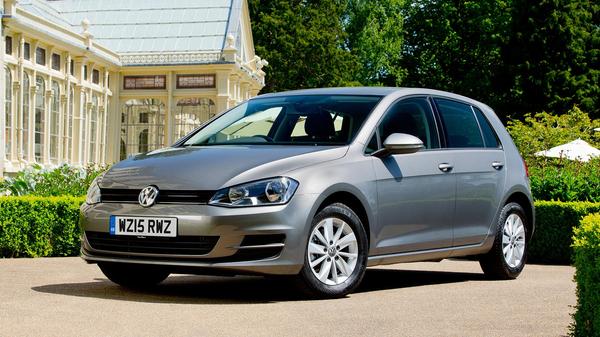
Golf eighth-generation – 2019-to date
An evolution of the previous generation, the current Golf is a more technically advanced car with the more significant changes to be found inside. The replacement of most of the conventional buttons and switches with touch-screen powered controls for everything from infotainment to heating and ventilation hasn’t been without controversy, the minimalist approach being criticised for putting style before function. But at its heart this latest, and perhaps final, Golf maintains the traditions of the previous seven generations with its combination of classless classiness, sharp driving manners and a huge range of options taking in everything from frugal hybrids to drift-mode enhanced performance models.
